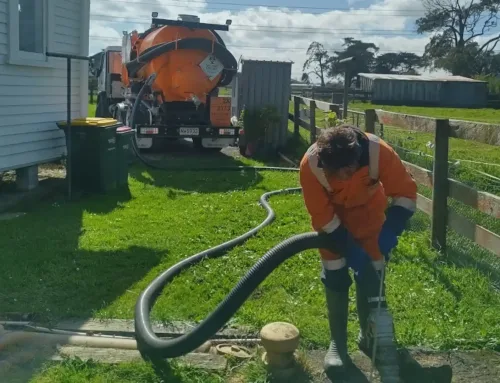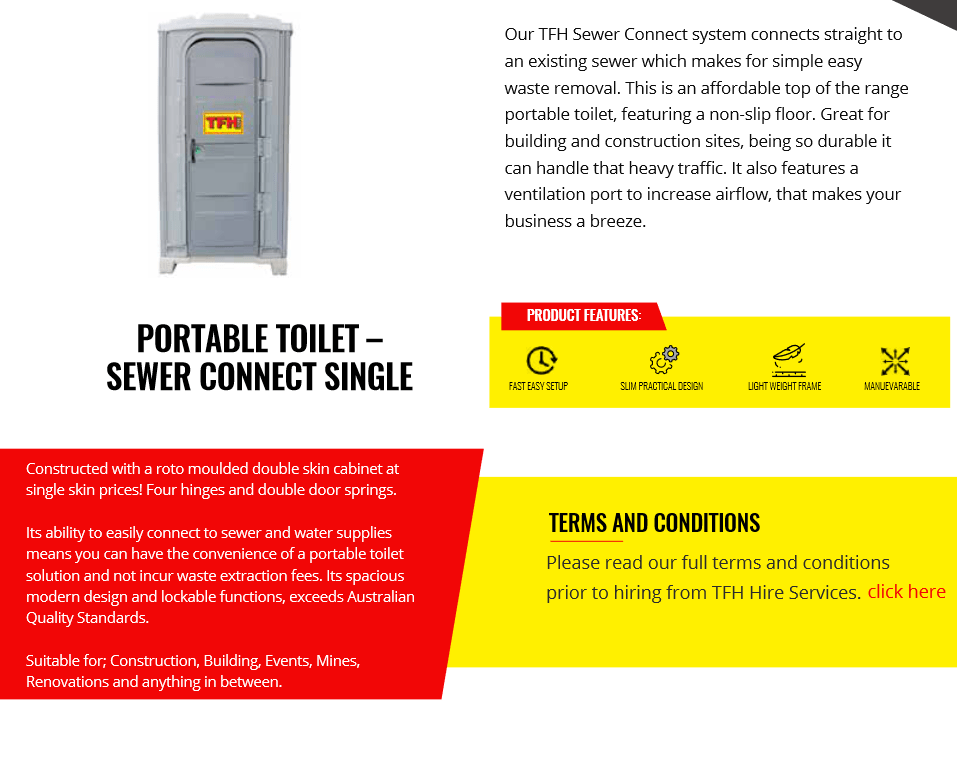Some Known Details About Reclaim Waste
The Ultimate Guide To Reclaim Waste
Table of ContentsReclaim Waste - An OverviewThe smart Trick of Reclaim Waste That Nobody is DiscussingRumored Buzz on Reclaim WasteWhat Does Reclaim Waste Mean?Our Reclaim Waste Diaries
Explore the types, incidents, and forms of fluid waste. Domestic sewage waste describes the waste and items from a property sewage-disposal tank. This type of waste is developed by human beings in houses, colleges, and other structures. This only includes septic systems that have a drainpipe field. The appropriate monitoring and disposal of residential sewer waste call for liquid waste to be moved to a sewer treatment plant where the correct techniques and devices are used to cleanse and throw away waste.
Business waste typically includes possible risks, such as combustible materials or a combination of liquid and solid waste items, and needs an advanced and comprehensive disposal procedure. The disposal of business waste normally includes the filtering of waste prior to transportation to make certain safe and appropriate disposal. Hazardous waste is created from byproducts and runoff of commercial processes and production.
This type of waste can not make use of the very same sewage management transportation or procedures as septic or industrial liquids. The commercial waste administration procedure calls for the inspection and testing of liquid waste before it undertakes the disposal process (liquid waste removal melbourne). Overflow waste is the fluid waste that comes from runoff and excess stormwater in highly booming areas or cities
Runoff waste can trigger contamination and flooding if not managed effectively. Discover more about sewage system cleaning and waste monitoring. Guaranteeing proper waste administration can avoid disasters and minimize environmental harm. Both individuals in property settings and professionals in commercial or production sectors can take advantage of understanding the procedures and laws of liquid waste management.
More About Reclaim Waste
Get in touch with PROS Providers today to find out about our waste management and disposal solutions and the proper means to care for the liquid waste you generate.
(https://www.openlearning.com/u/leonaube-smse1x/about/)This supposed 'wastewater' is not just an important source but, after therapy, will be released to our land, rivers or the ocean. Made use of water from bathrooms, showers, baths, cooking area sinks, laundries and commercial processes is recognized as wastewater.

water made use of to cool equipment or tidy plant and tools). Stormwater, a form of wastewater, is overflow that streams from agricultural and metropolitan locations such as roof coverings, parks, gardens, roads, paths and gutters right into stormwater drains pipes, after rain. Stormwater moves untreated directly to neighborhood creeks or rivers, ultimately getting to the ocean.
What Does Reclaim Waste Do?
In Queensland, most wastewater is dealt with at sewer therapy plants. Wastewater is transferred from residential or commercial websites with a system of sewage systems and pump terminals, recognized as sewage reticulation, to a sewer therapy plant.
The Division of Natural Resources encourages city governments regarding managing, operating and maintaining sewerage systems and treatment plants. In unsewered locations, neighborhood governments may require owners to install individual or household sewer treatment systems to deal with domestic wastewater from commodes, cooking areas, bathrooms and laundries. The Department of Natural Resources authorises making use of household systems when they are proven to be reliable.
A lot of stormwater receives no therapy. In some new neighborhoods, therapy of some stormwater to eliminate litter, sand and crushed rock has actually started utilizing gross pollutant catches. Wastewater therapy takes place in four phases: Removes strong issue. Larger solids, such as plastics and various other things incorrectly released to sewers, are gotten rid of when wastewater is travelled through screens.
Utilizes small living microorganisms knows as micro-organisms to break down and eliminate staying liquified wastes and great bits. Micro-organisms and wastes are integrated in the sludge.
What Does Reclaim Waste Do?
Nutrient removal is not offered in all sewer therapy plants because it requires expensive specialist devices. It is ending up being much more typical in Queensland. Clear liquid effluent generated after treatment may still contain disease-causing micro-organisms. If this effluent is launched right into waterways such as rivers or the sea, the micro-organisms will eventually die out.

This normally indicates wastewater has actually to be dealt with or pollutants removed prior to it can be discharged to waterways. The majority of wastewater moves into the sewerage system. Under the Act, city governments administer authorizations and permits for ecologically relevant tasks (Ages) involving wastewater releases that could have a regional effect. The division provides approvals and permits to Ages involving wastewater launches that may have a regional or statewide influence.
Some Of Reclaim Waste
Otherwise, examples are taken for laboratory analysis. Usually many examinations are required to develop the degrees of each of the different contaminants such as oils, hefty steels and pesticides in water. Monitoring supplies valid info regarding water high quality and can validate that licence problems are being met. The details acquired via surveillance offers the basis for making water high quality choices.